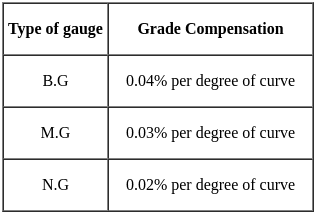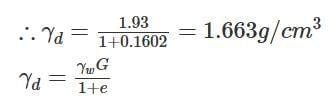MPPSC AE CE Mock Test - 1 - Civil Engineering (CE) MCQ
30 Questions MCQ Test - MPPSC AE CE Mock Test - 1
How many elected seats are there in Madhya Pradesh Vidhan Sabha?
By what name is the summer season in Madhya Pradesh known?
Nauradehi Sanctuary is located in which district of Madhya Pradesh?
What is a key objective of the Intergovernmental Negotiating Committee (INC) regarding plastic pollution?
Chandrashekhar Azad was born in which district of Madhya Pradesh?
Which of the following activities does not require resources for its execution?
Web crippling in I section steel beams occurs at the points where:
The type of road pattern adopted by city roads of Chandigarh is:
Calculate the value of minimum edge distance for 20 mm diameter bolt using machine flame cut.
The minimum area of tension reinforcement shall be not less than ______ for design of beam.
The critical shear plane will have an angle of ______ with reference to the major principal plane.
where ϕ is the angle of shearing resistance
Deflections can be controlled by using the appropriate:
The following should be arranged in ascending order based on their safety factor in the working stress method:
(i) Connections, (ii) Short column, (iii) Long column, (iv) Tension members
For the following stream function calculate velocity at a point (1, 2)
1) ψ = 4xy
2) ψ = 3x2y - y3
From the below given, identify the softest grade and hardest grade of bitumen.
a. Alum coagulation, flocculation, and settling
b. Carbon filtration
c. Reverse osmosis
d. Electrolysis
In a sedimentation tank, the surface overflow rate is 0.4 mm/s and the settling velocity of a discrete particle of diameter d is 0.1 mm/s. But if the size of the particle is increased to 2d keeping other factors constant. Then find the % removal of the particle?
In horizontal curves of Railway Tracks, Negative Super elevation means:
A sample of silty clay has a volume of 14.88 cm3, a total mass of 28.81 gm, a dry mass of 24.83 gm and a specific gravity of solids 2.7. What is the void ratio ?



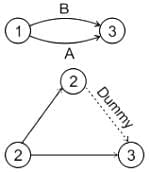
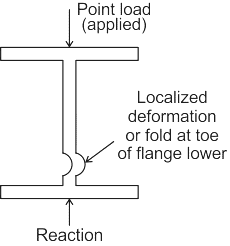

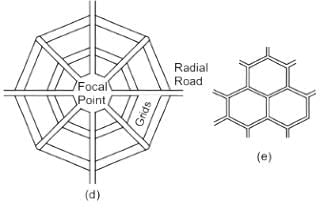
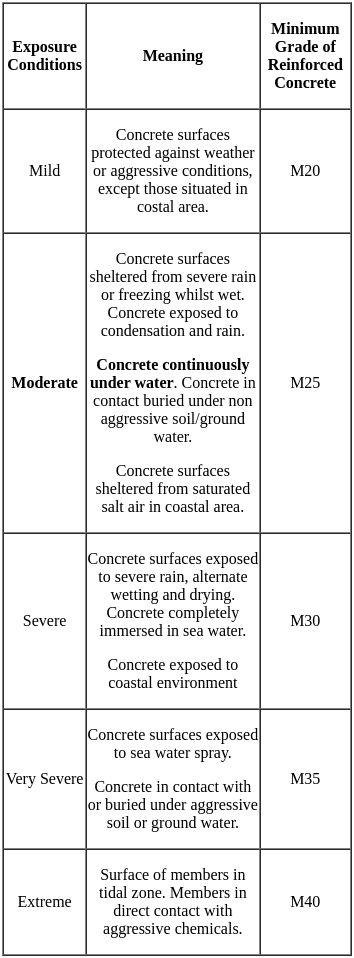




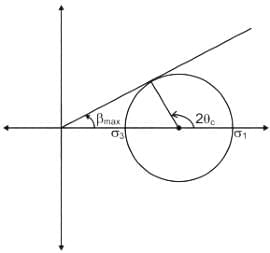
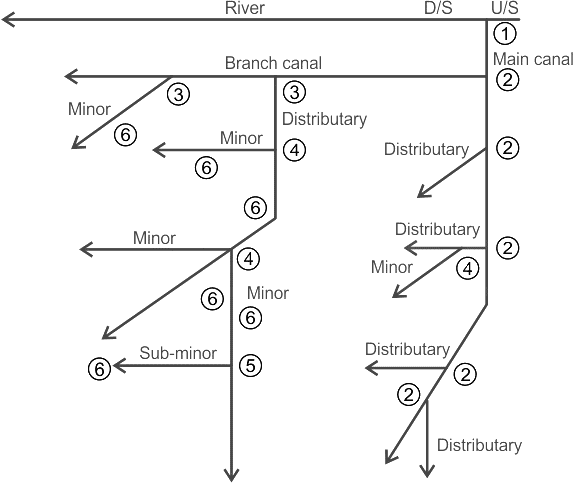


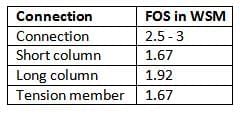

 , it is a case of irrotational flow
, it is a case of irrotational flow

 = (-4x) i + (4y) j
= (-4x) i + (4y) j = - 4i + 8j
= - 4i + 8j








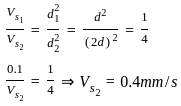



 is called the weightage factor
is called the weightage factor

